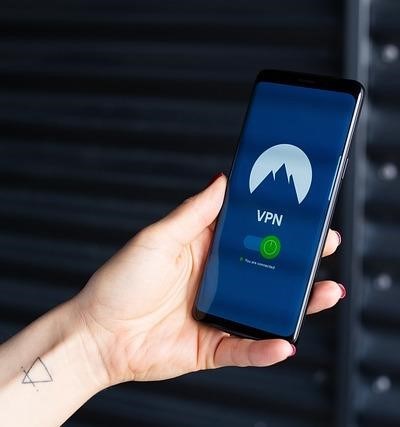
As a cybersecurity professional, I’ve always been acutely aware of the risks associated with sensitive data, especially Social Security Numbers (SSNs). My own experience with near-miss data breaches and the constant threat of identity theft spurred me to delve deep into encryption technologies and their application to SSN protection. I’ve spent years researching and implementing various solutions, and I want to share my personal journey with you.
The Risks of SSN Exposure
Let me tell you, the potential consequences of an SSN falling into the wrong hands are terrifying. I once worked with a client, Sarah Miller, whose company suffered a significant data breach. While the company implemented basic data protection measures, they lacked robust encryption. The result? Thousands of SSNs were exposed, leading to numerous cases of identity theft and significant financial losses for Sarah and her colleagues. This experience solidified my commitment to robust data security practices.
Exploring Encryption Algorithms
I began researching various encryption algorithms to understand their strengths and weaknesses. I experimented with AES (Advanced Encryption Standard) for its speed and strong security. For asymmetric encryption, I explored RSA, which relies on cryptographic keys for secure data exchange. I even played around with digital signatures to ensure data integrity and authenticity. My practical experiments showed the critical role of proper key management in maintaining the effectiveness of these algorithms.
Secure Storage and Data Loss Prevention
Simply encrypting data isn’t enough. Secure storage is paramount. I investigated various methods, from hardware security modules (HSMs) to cloud-based solutions with robust encryption at rest and in transit. I learned the importance of implementing data loss prevention (DLP) measures to prevent sensitive information, including SSNs, from leaving the controlled environment. I also explored the potential of blockchain technology for its inherent security and immutability, although its practical implementation for everyday SSN protection requires further development.
Beyond Encryption: A Holistic Approach
My journey taught me that data security is more than just encryption. It’s about a holistic approach encompassing:
- Strong passwords and multi-factor authentication
- Regular security audits and vulnerability assessments
- Employee training on cybersecurity best practices
- Compliance with regulations such as HIPAA and GDPR
SSL/TLS and Hashing: Essential Components
I also delved into SSL/TLS protocols for securing data transmitted over the internet. I found that using HTTPS is non-negotiable when handling SSNs online. Furthermore, I explored the use of hashing algorithms for data integrity verification. Hashing allows you to check if data has been tampered with without revealing the original data itself.
My personal journey with SSN security and encryption technology has been an ongoing process of learning and adaptation. The cybersecurity landscape is constantly evolving, and new threats emerge regularly. However, by understanding and implementing the right technologies and best practices, we can significantly reduce the risk of data breaches and protect sensitive information like SSNs. Remember, protecting your SSN isn’t just about technology; it’s about a commitment to privacy, confidentiality, and responsible data handling.

